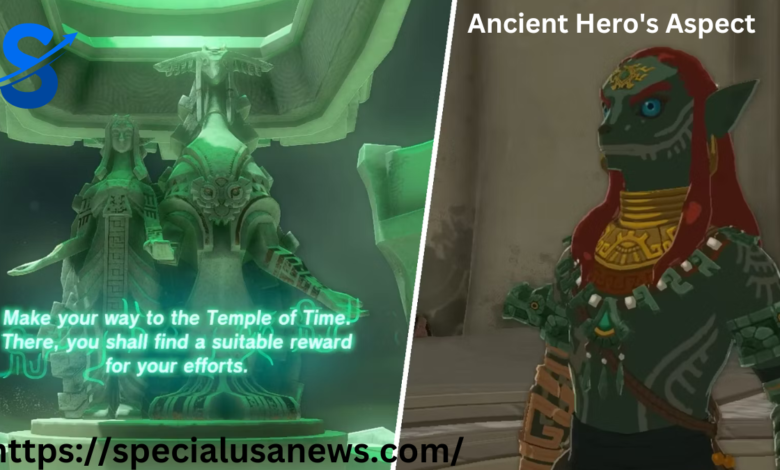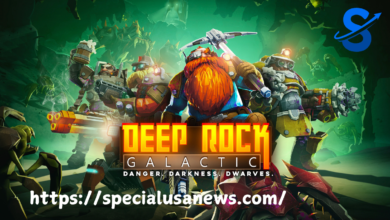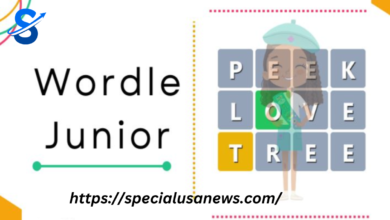Ancient Hero’s Aspect: Understanding the Mythical Qualities

Introduction to Ancient Hero’s Aspect
Throughout history, the concept of heroism has captivated our imaginations. From mighty warriors to wise sages, Ancient Hero’s Aspect embody qualities that transcend time. But what truly defines an Ancient Hero’s Aspect? This intriguing blend of bravery, wisdom, and morality creates a lasting legacy that continues to inspire us today. As we delve into these mythical qualities, we uncover not just stories from the past but lessons that resonate in our modern world. Join me on this journey as we explore the essence of what makes an ancient hero unforgettable!
The Origin of the Heroic Myth
The heroic myth traces its roots back to ancient civilizations, where stories were woven into the very fabric of society. These tales often emerged from oral traditions, passed down through generations around firesides and in communal gatherings.
Heroes were not merely individuals; they embodied values and ideals important to their communities. They faced insurmountable odds, battling monsters or defying gods. Their journeys symbolized humanity’s struggle against chaos and adversity.
In many cultures, these myths acted as moral compasses. They taught lessons about bravery, sacrifice, and honor. The hero’s journey became a powerful narrative structure that influenced literature and art across time.
From Mesopotamia’s Gilgamesh to Greece’s Heracles, each hero reflects the aspirations and fears of their era. As societies evolved, so too did the complexities of these characters—transforming them into timeless figures who still resonate today.
Common Qualities of Ancient Hero’s Aspect
Ancient Hero’s Aspect share distinct qualities that elevate them beyond ordinary figures. Courage often stands at the forefront. Facing insurmountable odds, they embody bravery in diverse forms.
Strength is another hallmark of these legendary beings. Their physical prowess and mental fortitude inspire awe, making their feats seem almost supernatural.
Wisdom plays a crucial role as well. Many heroes possess deep insights or knowledge gained through experience, guiding their decisions and actions.
Loyalty also defines these characters. They protect friends and family fiercely, demonstrating unwavering commitment to loved ones and causes alike.
A sense of justice drives their actions. Ancient Hero’s Aspect are often seen championing the oppressed or punishing wrongdoers, showcasing an inherent desire for balance in society.
These traits combine to create enduring symbols of heroism across cultures throughout history.
Examples of Famous Ancient Hero’s Aspect
Hercules stands out as a quintessential figure of ancient heroism. His strength was unmatched, and his twelve labors showcased not only physical power but also resilience against daunting challenges.
Then there’s Achilles from Greek mythology, known for his near-invulnerability and tragic fate in the Trojan War. His story encapsulates themes of honor, glory, and human vulnerability.
In Norse culture, Thor embodies the warrior aspect with his mighty hammer Mjölnir. He represents protection against chaos while battling giants to safeguard Asgard.
Across different cultures, figures like Gilgamesh emerge as legendary kings who undertook epic quests searching for immortality. Each hero reflects their society’s values and aspirations through extraordinary feats.
These characters resonate across generations by exhibiting courage and moral dilemmas that continue to inspire modern narratives in literature and film.
The Role of Heroes in Society and Culture
Heroes serve as cultural touchstones, embodying the ideals and values of their societies. They inspire individuals to strive for greatness while reflecting on what is considered noble or virtuous.
Through tales of bravery and sacrifice, heroes foster a sense of community. These figures often unite people around shared beliefs, fostering solidarity in times of conflict or uncertainty.
Moreover, they challenge societal norms by pushing boundaries and questioning authority. This rebellious spirit can ignite change and encourage the pursuit of justice.
In literature and art, heroes become symbols that transcends time. Their stories resonate across generations, offering wisdom on human resilience.
The archetype adapts with each era but remains crucial in shaping identity. In every culture, from ancient epics to modern cinema, heroes remain vital players who remind us of our potential for both good and evil.
How the Concept of Heroism Has Evolved Over Time
The concept of heroism has undergone significant transformation throughout history. In ancient times, heroes were often depicted as demi-gods or warriors with extraordinary powers. Their feats were celebrated in epic tales that emphasized bravery and physical strength.
As societies evolved, so did the notion of what it means to be a hero. The focus shifted from mere physical prowess to moral integrity and selflessness. Modern heroes are frequently everyday individuals who demonstrate courage in challenging circumstances.
Cultural contexts also play a vital role in shaping heroism. Different societies prioritize various qualities based on their values and struggles. For instance, while some may celebrate military leaders, others might honor activists fighting for social justice.
In contemporary narratives, diversity is embraced more than ever before. Heroes now represent a broader spectrum of backgrounds and experiences, reflecting the complexities of today’s world.
Conclusion: The Enduring Legacy of Ancient Hero’s Aspect
The legacy of the Ancient Hero’s Aspect continues to resonate in modern society. These figures, steeped in myth and legend, embody qualities that inspire us even today. Their stories serve as timeless reminders of courage, strength, and resilience.
As we navigate our own challenges, we can draw parallels between ourselves and these Ancient Hero’s Aspect. From personal struggles to societal issues, their mythical qualities encourage us to strive for greatness. They remind us that heroism isn’t confined to grand gestures; it often lies in everyday acts of bravery.
Cultural narratives evolve alongside humanity’s experiences. Yet the essence of what makes a hero remains constant—an unwavering commitment to face adversity head-on. The tales woven into our collective consciousness shape our values and aspirations.
By exploring these heroic archetypes, we connect with something larger than ourselves—a shared human experience filled with triumphs and trials. This connection fosters community bonds while igniting passions within individuals seeking purpose.
Understanding the Ancient Hero’s Aspect allows us not only to appreciate past legends but also inspires future generations. It encourages everyone to harness their inner heroism as they forge paths through life’s complexities.



